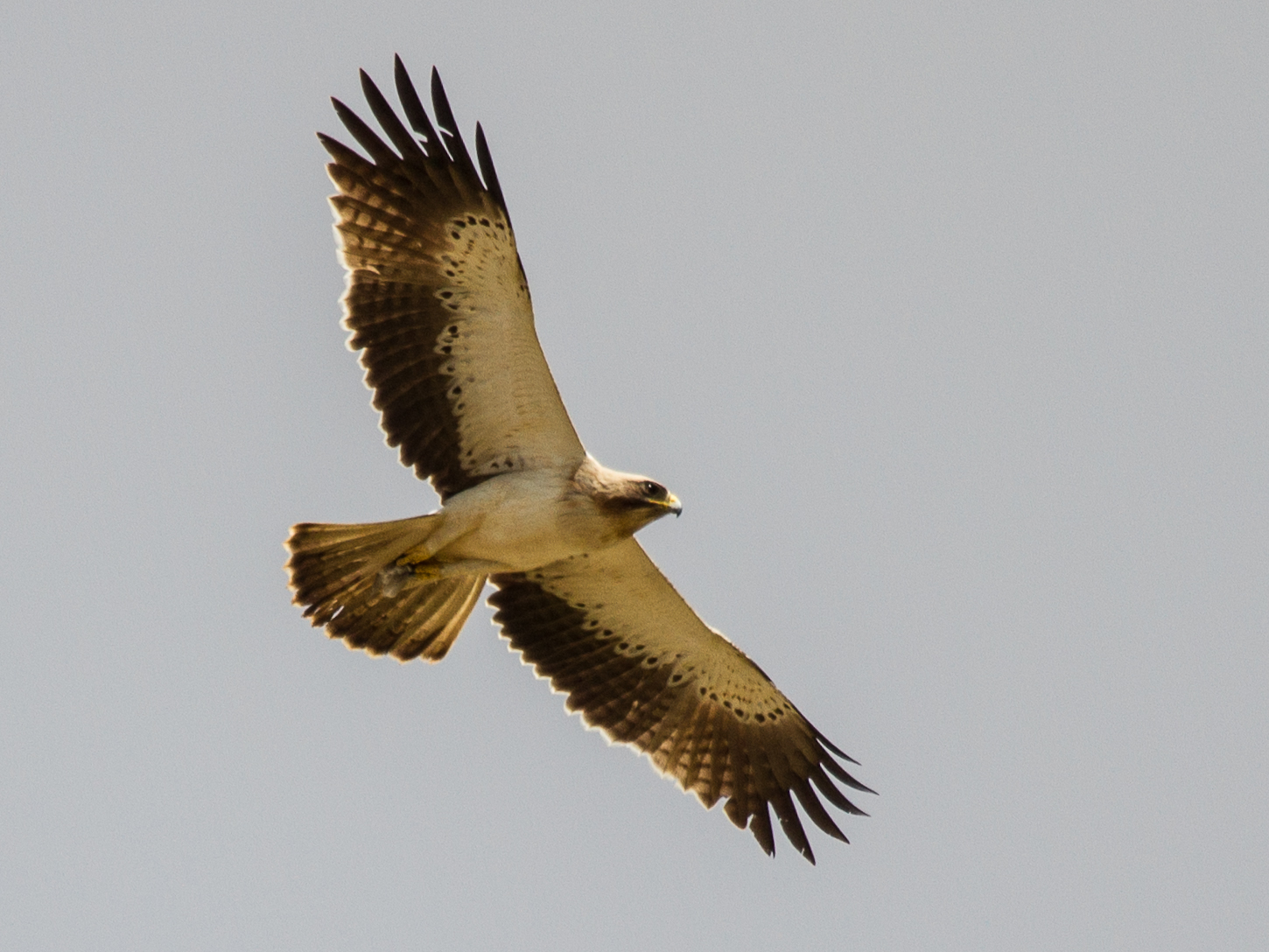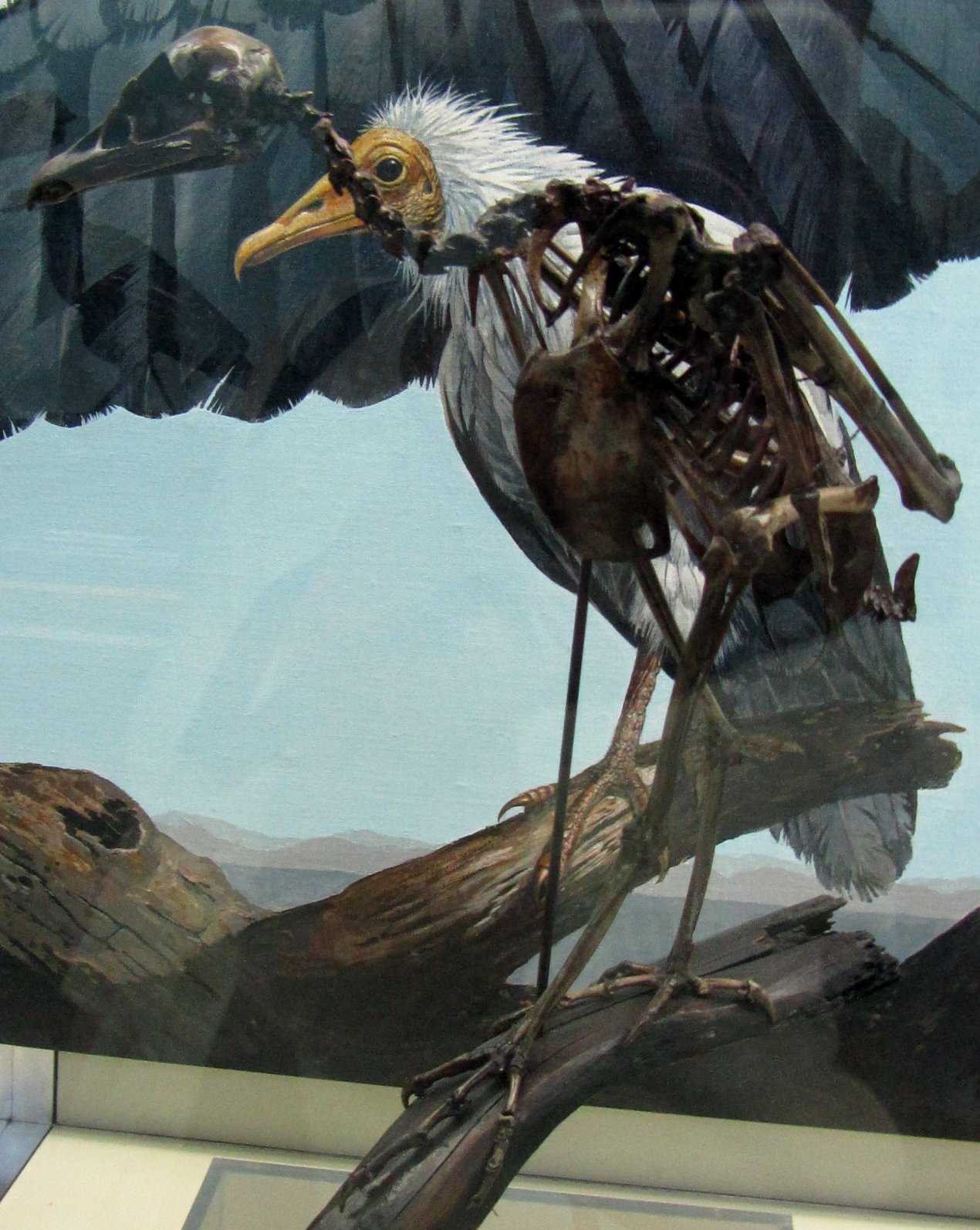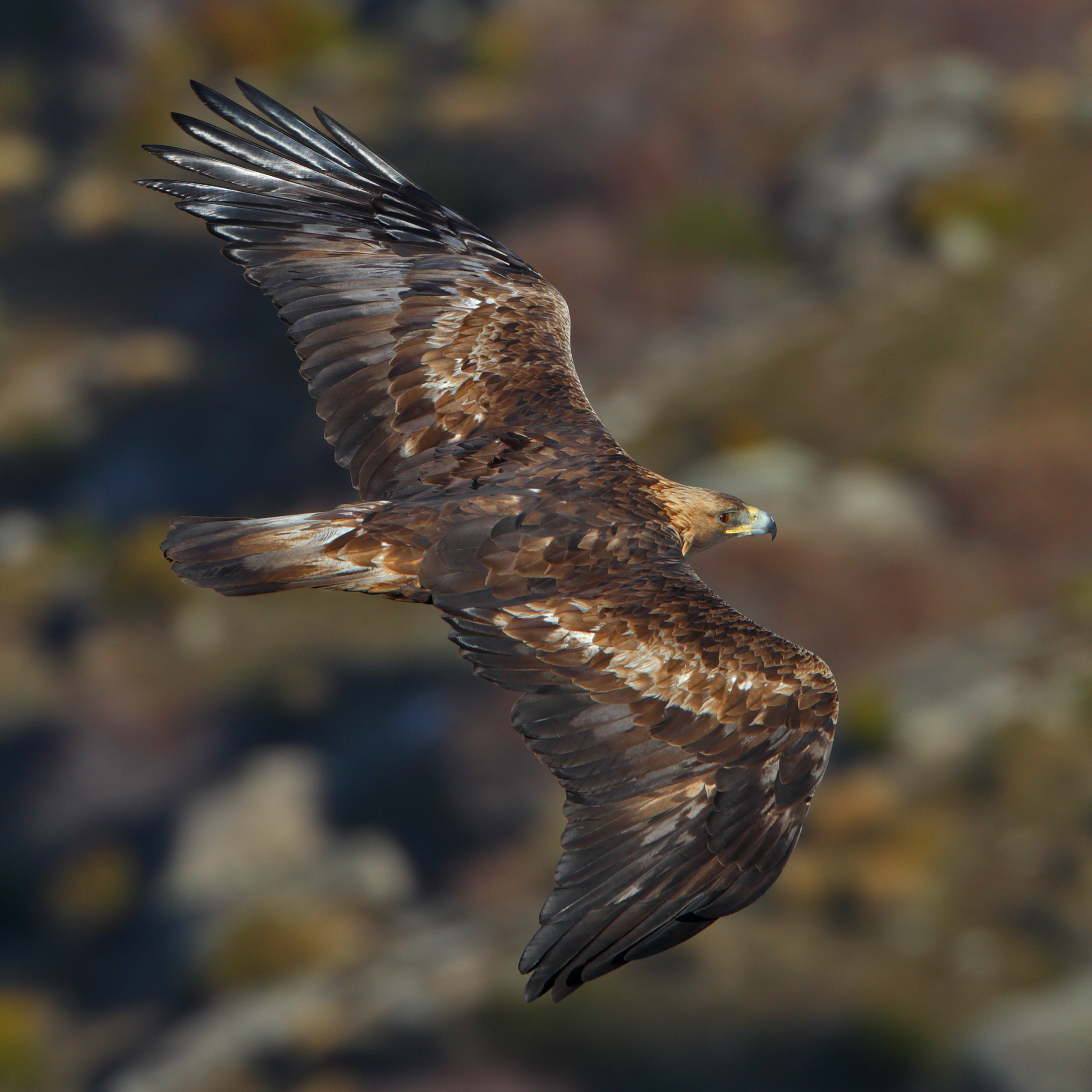|
Pithecophaga
The Philippine eagle (''Pithecophaga jefferyi''), also known as the monkey-eating eagle or great Philippine eagle, is a critically endangered species of eagle of the family Accipitridae which is endemic to forests in the Philippines. It has brown and white-colored plumage, a shaggy crest, and generally measures in length and weighs . The Philippine eagle is considered the largest of the extant eagles in the world in terms of length and wing surface area, with only Steller's sea eagle and the Harpy eagle being larger in terms of weight and bulk. It has been declared the national bird of the Philippines. It is also depicted in the Philippine one thousand-peso note.Kennedy, R. S., Gonzales, P. C.; Dickinson, E. C.; Miranda, H. C. Jr. and Fisher, T. H. (2000). ''A Guide to the Birds of the Philippines.'' Oxford University Press, New York. The species had been classified by the IUCN Red List as critically endangered with a declining population and is one of the most endangered rap ... [...More Info...] [...Related Items...] OR: [Wikipedia] [Google] [Baidu] |
Eagle
Eagle is the common name for the golden eagle, bald eagle, and other birds of prey in the family of the Accipitridae. Eagles belong to several groups of Genus, genera, some of which are closely related. True eagles comprise the genus ''Aquila (bird), Aquila''. Most of the 68 species of eagles are from Eurasia and Africa. Outside this area, just 14 species can be found—two in North America, nine in Central and South America, and three in Australia. Eagles are not a natural group but denote essentially any kind of bird of prey large enough to hunt sizeable (about 50 cm long or more overall) vertebrates. Etymology The word "eagle" is borrowed into English from and , both derived ultimately from ("eagle"). It is cognate with terms such as , and . It is broadly synonymous with the less common English term "erne" or "earn", deriving from , from , in which it acts as the usual word for the bird. The Old English term is turn derived from and is cognate with other synonymous ... [...More Info...] [...Related Items...] OR: [Wikipedia] [Google] [Baidu] |
Accipitridae
The Accipitridae () is one of the four families within the order Accipitriformes, and is a family of small to large birds of prey with strongly hooked bills and variable morphology based on diet. They feed on a range of prey items from insects to medium-sized mammals, with a number feeding on carrion and a few feeding on fruit. The Accipitridae have a cosmopolitan distribution, being found on all the world's continents (except Antarctica) and a number of oceanic island groups. Some species are migratory. The family contains 256 species which are divided into 12 subfamilies and 75 genera. Many well-known birds such as hawks, eagles, kites, harriers and Old World vultures are included in this group. The osprey is usually placed in a separate family ( Pandionidae), as is the secretary bird ( Sagittariidae), and the New World vultures are also usually now regarded as a separate family or order. Karyotype data indicate the accipitrids analysed are indeed a distinct monophyletic ... [...More Info...] [...Related Items...] OR: [Wikipedia] [Google] [Baidu] |
Philippine One Thousand-peso Note
The Philippine one thousand-peso note ( Filipino: ''Sanlibong Piso'') (₱1000; PHP1000) is a denomination of Philippine currency. It is the largest denomination in general circulation in the Philippines. It was the only Philippine peso denomination that had a polymer banknote version until December 23, 2024, when the Philippines began to issue polymer banknotes in other denominations. The cotton-abaca version, features José Abad Santos, Vicente Lim, and Josefa Llanes Escoda on the front side of the notes, while the Tubbataha Reefs Natural Park and the South Sea pearl are featured on the back side of the note. The polymer version, first issued in April 2022 features the Philippine eagle on its obverse side while its reverse side has similar design elements with the cotton-abacá version. History Pre-independence Japanese government issued series Due to hyperinflation caused by the ongoing event of World War II, the Japanese were forced to issue higher denominatio ... [...More Info...] [...Related Items...] OR: [Wikipedia] [Google] [Baidu] |
Steller's Sea Eagle
Steller's sea eagle (''Haliaeetus pelagicus''), also known as the Pacific sea eagle or white-shouldered eagle, is a very large Diurnality, diurnal bird of prey in the family Accipitridae. It was described first by Peter Simon Pallas in 1811. No subspecies are recognised. A sturdy eagle, it has dark brown plumage with white wings and tail, a yellow beak, and yellow talons. Typically, it is the heaviest eagle in the world, at about , but in some standard measurements, may be ranked below the harpy eagle (''Harpia harpyja'') and the Philippine eagle (''Pithecophaga jefferyi''). Steller's sea eagle females are bigger than males. The Steller's sea eagle is endemic to coastal northeastern Asia, where it lives in Russia, Korea, Japan, China, and Taiwan. It mainly preys on fish and water birds. The Kamchatka Peninsula in Far Eastern Russia is known for its relatively large population of these birds; about 4,000 of these eagles live there. Steller's sea eagle is listed as vulnerable speci ... [...More Info...] [...Related Items...] OR: [Wikipedia] [Google] [Baidu] |
National Bird
This is a list of national birds, including official birds of overseas territories and other states described as nations. Most species in the list are officially designated. Some species hold only an "unofficial" status. The column is marked as ''Yes'' only if the bird currently holds the position of the official national bird. Additionally, the list includes birds that were once official but are no longer, as well as birds recognized as national symbols or for other symbolic roles. National birds See also * List of Australian bird emblems * List of Indian state birds * List of U.S. state birds * List of U.S. county birds * List of official city birds * List of national animals References {{DEFAULTSORT:List of National Birds N Birds Birds are a group of warm-blooded vertebrates constituting the class (biology), class Aves (), characterised by feathers, toothless beaked jaws, the Oviparity, laying of Eggshell, hard-shelled eggs, a high Metabolism, ... [...More Info...] [...Related Items...] OR: [Wikipedia] [Google] [Baidu] |
Bukidnon
Bukidnon (), officially the Province of Bukidnon (; ; ; Bukid language, Binukid and Higaonon language, Higaonon: ''Probinsya ta Bukidnon''), is a landlocked Provinces of the Philippines, province in the Philippines located in the Northern Mindanao Regions of the Philippines, region. Its capital is the city of Malaybalay while Valencia, Bukidnon, Valencia is the largest city. The province borders, clockwise from the north, Misamis Oriental, Agusan del Sur, Davao del Norte, Cotabato province, Cotabato, Lanao del Sur, and Lanao del Norte. According to the 2020 census, the province is inhabited by 1,541,308 residents. The province is composed of 2 component cities and 20 municipalities. It is the third largest province in the country in terms of total area of jurisdiction behind Palawan and Isabela (province), Isabela respectively. The name "Bukidnon" means "highlander" or "mountain dweller." Occupying a wide plateau in the north central part of the island of Mindanao, the province ... [...More Info...] [...Related Items...] OR: [Wikipedia] [Google] [Baidu] |
Maranao Language
Maranao (; Jawi Script, Jawi: ), sometimes spelled as Maranaw, Meranaw or Mëranaw, is an Austronesian languages, Austronesian language spoken by the Maranao people in the provinces of Lanao del Sur and Lanao del Norte and their respective cities of Marawi and Iligan City, Iligan located in the Philippines, as well found also in Sabah, Malaysia. It is spoken among the Moro people, Moros within the Bangsamoro Autonomous Region in Muslim Mindanao. It is more closer to Iranun language, Iranun than to Maguindanao language, Maguindanao within the Danao languages, Danao subgroup. Distribution : Maranao is spoken in the following provinces of: • Entire Lanao del Sur and Lanao del Norte • Northwestern municipalities of Maguindanao del Norte: Barira, Buldon, Parang, Maguindanao del Norte, Parang, Matanog, Sultan Mastura, and Sultan Kudarat, Maguindanao del Norte, Sultan Kudarat • Northwestern municipalities of Cotabato: Alamada, Banisilan, Carmen, Cotabato, Carmen, Lib ... [...More Info...] [...Related Items...] OR: [Wikipedia] [Google] [Baidu] |
Maguindanao Language
Maguindanaon (, Jawi: ), or Magindanawn is an Austronesian language spoken by Maguindanaon people who form majority of the population of eponymous provinces of Maguindanao del Norte and Maguindanao del Sur in the Philippines. It is also spoken by sizable minorities in different parts of Mindanao such as the cities of Zamboanga, Davao, General Santos, and Cagayan de Oro, and the provinces of North Cotabato, Sultan Kudarat, South Cotabato, Sarangani, Zamboanga del Sur, Zamboanga Sibugay, Davao del Sur, Davao Occidental, Bukidnon as well as Metro Manila, Bulacan, Cavite, Rizal and Laguna. As of 2020, the language is ranked to be the ninth leading language spoken at home in the Philippines with only 365,032 households still speaking the language. History The Maguindanaon language is the native language of the Maguindanaon people of the province of Maguindanao located in the west of Mindanao island in the south of the Philippines. It was the language of the Sultanate of M ... [...More Info...] [...Related Items...] OR: [Wikipedia] [Google] [Baidu] |
Subanen Language
The Subanen languages (also Subanon and Subanun) are a group of closely related Austronesian languages belonging to the Greater Central Philippine subgroup. Subanen languages are spoken in various areas of Zamboanga Peninsula, namely the provinces of Zamboanga Sibugay, Zamboanga del Norte and Zamboanga del Sur, and in Misamis Occidental of Northern Mindanao. There is also a sizeable Subanen community in Misamis Oriental. Most speakers of Subanen languages go by the name of ''Subanen'', ''Subanon'' or ''Subanun'', while those who adhere to Islam refer to themselves as ''Kolibugan'', ''Kalibugan'', ''Tewlet'' or ''Telet''. Internal classification Jason Lobel (2013:308) classifies the Subanen varieties as follows. *Subanen **Western ***'' Western Subanon'' ***''Western Kolibugan'' **Nuclear ***West Nuclear ****''Tawlet-Kalibugan Subanen'' ****''Salug-Godod Subanen'' ***East Nuclear ****''Southern Subanen'' ****''Central Subanen'' ****''Northern Subanen'' ****''Eastern Subanen'' ... [...More Info...] [...Related Items...] OR: [Wikipedia] [Google] [Baidu] |
Manobo Languages
The Manobo languages are a group of languages spoken in the Philippines. Their speakers are primarily located around Northern Mindanao, Central Mindanao (presently called Soccsksargen) and Caraga regions of the Philippines, regions where they are natively spoken. Some outlying groups make Manobo geographically discontiguous as other speakers can be located as far as the southern peninsula of Davao Oriental, most of Davao Occidental and coastal areas of Sultan Kudarat. The Kagayanen language, Kagayanen speakers are the most extremely remote and can be found in certain portions of Palawan. Languages *Central **East: Dibabawon language, Dibabawon, Rajah Kabunsuwan language, Rajah Kabunsuwan, Agusan language, Agusan **South: Ata Manobo language, Ata, Matigsalug language, Matigsalug (Tigwa); Obo language, Obo **West: Western Bukidnon language, Western Bukidnon, Ilianen language, Ilianen *North: Binukid language, Binukid, Kagayanen language, Kagayanen, Higaonon language, Higaonon, Kinam ... [...More Info...] [...Related Items...] OR: [Wikipedia] [Google] [Baidu] |
Tagabawa Language
Tagabawa is a Manobo language of Davao City and Mount Apo in Mindanao, the Philippines. Tagabawa is spoken in Cotabato and Davao del Sur provinces, and on the slopes of Mount Apo west of Davao City Davao City, officially the City of Davao, is a City of the Philippines#Legal classification, highly urbanized city in the Davao Region, Philippines. The city has a total land area of , making it the List of Philippine cities and municipalities ..., The language is spoken by the Bagobo Tagabawa people. Phonology Consonants * Sounds /p, t, k, ʔ/ are heard as unreleased ̚, t̚, k̚, ʔ̚when in word-final position. Vowels * /e/ is heard as �in close syllables. References External links Tagabawa-language texts at Project Gutenberg by Mateo Gisbert – from the University of ... [...More Info...] [...Related Items...] OR: [Wikipedia] [Google] [Baidu] |
Klata Language
Klata (also known as Clata, Giangan, Bagobo, Jangan) is an Austronesian language of the southern Philippines. It is spoken on the eastern slopes of Mount Apo in Davao del Sur Province, as well as in Davao City (''Ethnologue'') in an area stretching from Catalunan to Calinan. The nearby Tagabawa language is also known as ''Bagobo'', and is not to be confused with Giangan. Classification Klata is usually classified as one of the South Mindanao languages. Zorc (2019) proposes that it is not included among the South Mindanao languages, but only more distantly related to them within a wider subgroup of the Philippine languages which he calls "Southern Philippine". Distribution Traditional Klata (Giangan) population centers included the following barangays (''see also Districts of Davao City The following is the list of the 182 barangays of Davao City, Philippines, arranged according to the 3 legislative districts and 11 administrative districts of Davao City. Legislative d ... [...More Info...] [...Related Items...] OR: [Wikipedia] [Google] [Baidu] |





